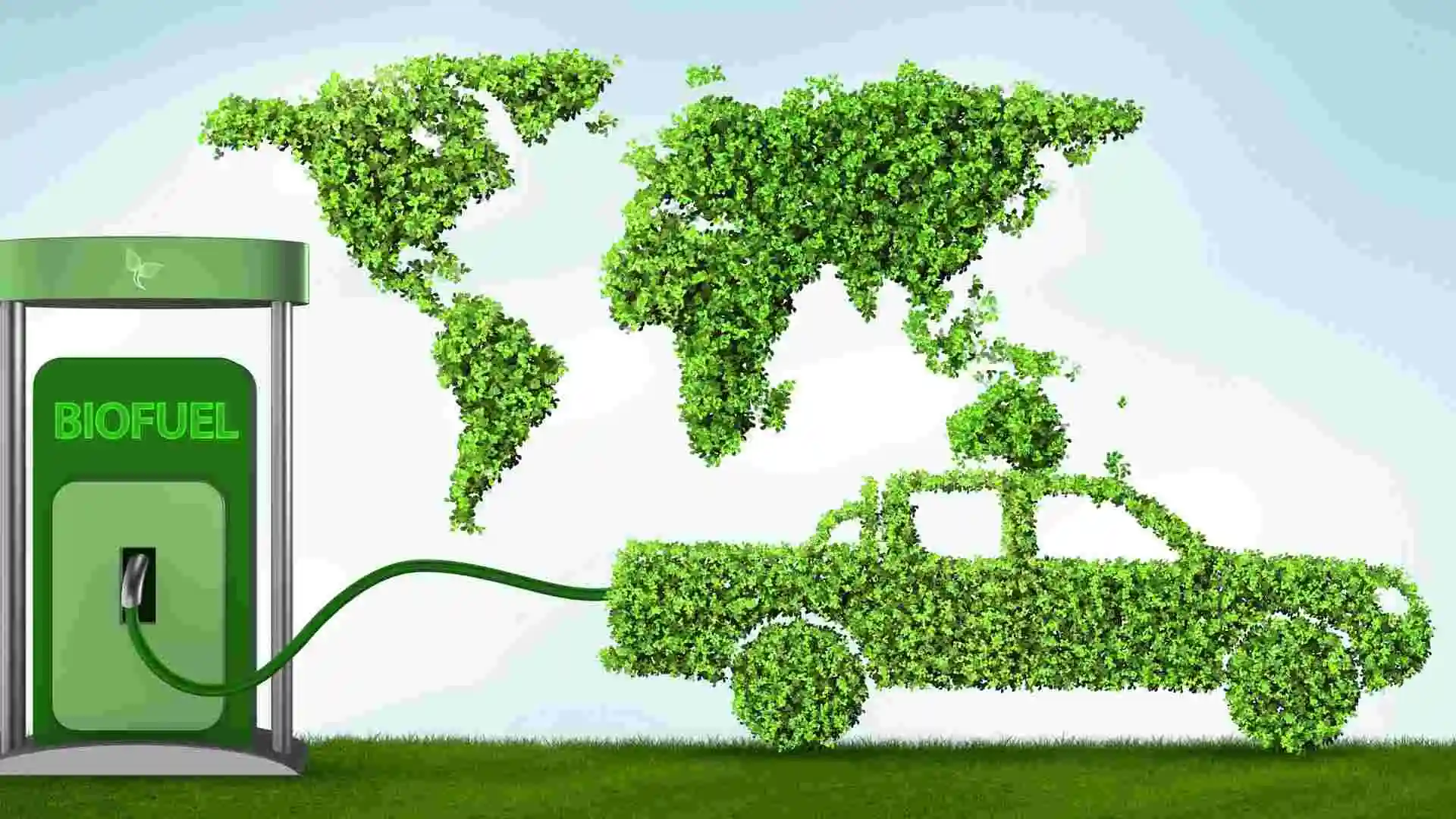In an era of increasing energy demands and environmental concerns, biofuel have emerged as a promising alternative to fossil fuels. Derived from renewable biological sources, biofuels offer a sustainable way to reduce greenhouse gas emissions and dependence on non-renewable energy. As the world transitions toward cleaner energy, understanding biofuels—their types, production processes, benefits, and challenges—is crucial for shaping future energy policies.
This article explores the fundamentals of biofuels, their advantages, limitations, and their role in the global energy landscape.
Biofuels are liquid, solid, or gaseous fuels produced from biomass—organic materials such as plants, algae, and animal waste. Unlike fossil fuels, which take millions of years to form, biofuels are renewable and can be replenished over short periods. They are primarily used for transportation, heating, and electricity generation.
Biofuels are broadly categorized into three generations based on their feedstock and production methods:
First-generation biofuels are made from food crops such as sugarcane, corn, and vegetable oils. Common types include:
- Bioethanol: Produced by fermenting sugars from crops like corn and sugarcane. It is commonly blended with gasoline (e.g., E10, which contains 10% ethanol).
- Biodiesel: Made from vegetable oils (soybean, palm, rapeseed) or animal fats through a process called transesterification. It can be used in diesel engines.
While first-generation biofuels are widely used, they face criticism for competing with food production and contributing to deforestation.
Second-generation biofuels are derived from non-food biomass, including agricultural residues (corn stover, wheat straw), wood chips, and dedicated energy crops like switchgrass. These biofuels are more sustainable because they do not interfere with food supplies. Examples include:
- Cellulosic Ethanol: Produced from cellulose in plant cell walls, requiring advanced enzymatic processes.
- Biomass-to-Liquid (BTL) Fuels: Converted into synthetic diesel or jet fuel through gasification and Fischer-Tropsch processes.
Third-generation biofuels use algae and microorganisms as feedstocks. Algae-based biofuels are highly efficient, as algae grow rapidly and can produce large amounts of oil without requiring arable land.
An emerging field, fourth-generation biofuels involve genetically engineered microorganisms and plants designed to absorb more CO₂ during growth, making them carbon-negative.
The production process varies depending on the type of biofuel:
- Feedstock Preparation: Crops like corn or sugarcane are harvested and crushed to extract sugars.
- Fermentation: Yeast or bacteria ferment the sugars into ethanol and CO₂.
- Distillation: The ethanol is purified through distillation to remove water and impurities.
- Oil Extraction: Vegetable oils or animal fats are extracted.
- Transesterification: The oil reacts with alcohol (methanol or ethanol) and a catalyst to produce biodiesel and glycerin.
- Purification: The biodiesel is washed and dried to meet fuel standards.
- Algae Cultivation: Algae are grown in open ponds or photobioreactors.
- Harvesting & Oil Extraction: Algae are processed to extract lipids (oils).
- Conversion: The oil is converted into biodiesel or other fuels.
Unlike finite fossil fuels, biofuels can be continuously produced from crops and waste materials.
Biofuels emit fewer greenhouse gases compared to fossil fuels. For example, biodiesel can reduce CO₂ emissions by up to 78% compared to petroleum diesel.
Biofuels reduce dependence on imported oil, enhancing energy independence for many countries.
Biofuel production creates jobs in agriculture, research, and manufacturing, boosting rural economies.
Many biofuels (like ethanol and biodiesel) can be used in existing engines with little to no modification.
Despite their benefits, biofuels face several challenges:
First-generation biofuels compete with food crops, potentially increasing food prices and causing deforestation.
Growing, harvesting, and processing biofuels can require significant energy, sometimes offsetting their environmental benefits.
Biofuel crops like sugarcane and corn require large amounts of water, raising sustainability concerns in drought-prone regions.
Second and third-generation biofuels require advanced technology, making them more expensive than conventional fuels.
Biofuels generally have lower energy density than gasoline or diesel, meaning vehicles may need more fuel to travel the same distance.
To maximize biofuels’ potential, research focuses on:
- Improving Algae Biofuels: Enhancing algae strains for higher oil yields and cost-effective production.
- Waste-to-Fuel Technologies: Converting agricultural, municipal, and industrial waste into biofuels.
- Policy Support: Governments are implementing mandates (e.g., Renewable Fuel Standards in the U.S.) to promote biofuel adoption.
- Sustainable Practices: Encouraging the use of marginal lands and non-food feedstocks to avoid ecological harm.
Biofuels represent a critical step toward a sustainable energy future. While challenges remain, advancements in technology and policy can help overcome these barriers. By investing in second and third-generation biofuels, the world can reduce carbon emissions, enhance energy security, and create new economic opportunities.
As global energy demands rise, biofuels—alongside other renewable sources like solar and wind—will play an essential role in transitioning to a cleaner, greener planet.

